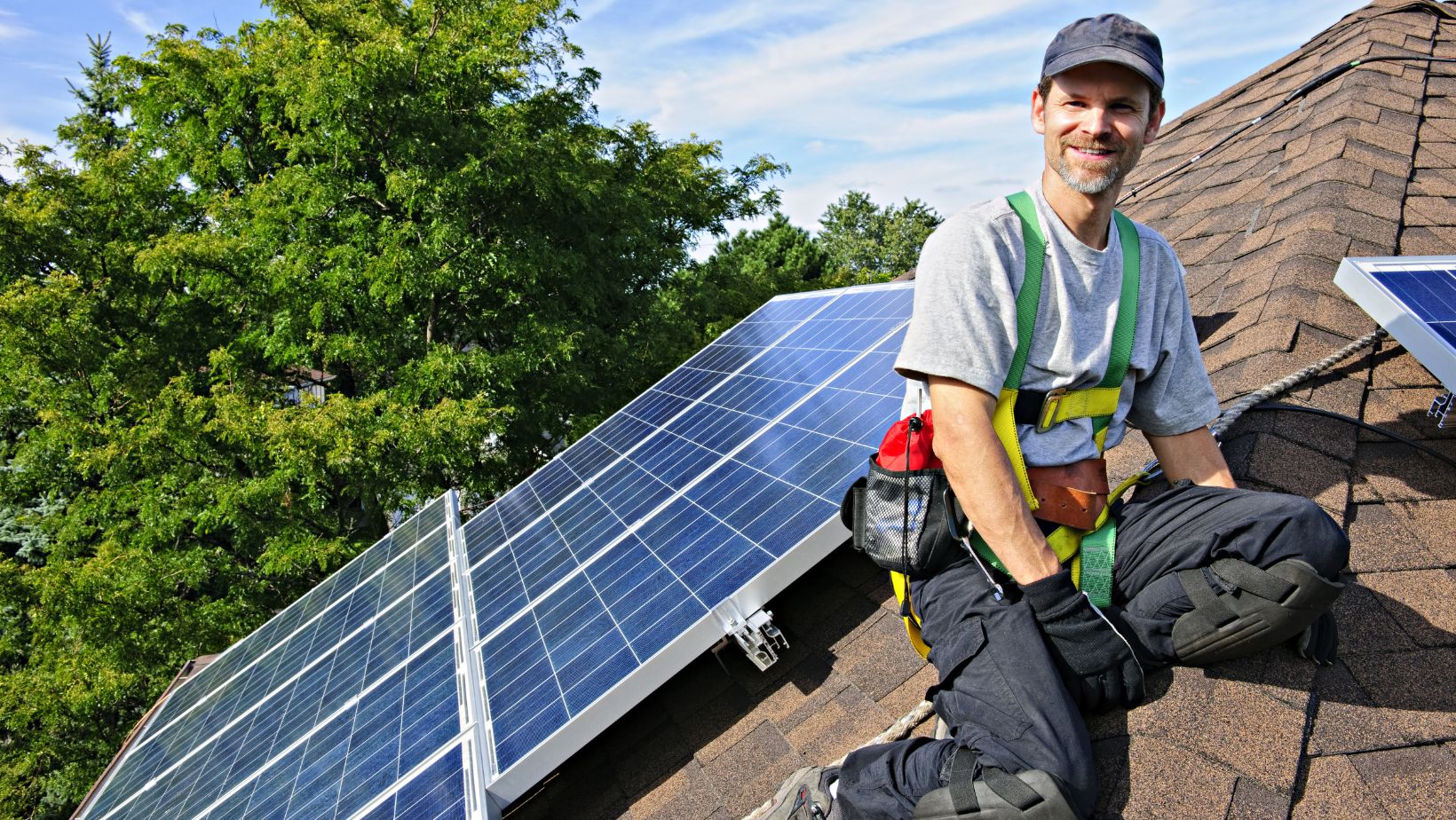Solar panels have become increasingly popular as more homeowners turn to sustainable energy solutions. They not only reduce energy bills but also contribute to a greener environment. However, one common concern for many homeowners is how to integrate solar panels without compromising the visual appeal of their home. Fortunately, with careful planning and thoughtful design, it’s possible to install solar panels that complement your home’s aesthetic while still providing all the functional benefits of solar energy.
1. Assess Your Home’s Architectural Style
Before installing solar panels, it’s essential to consider your home’s architectural style. Different styles lend themselves to different approaches when it comes to integrating solar panels. For example, modern homes with flat roofs or clean, minimalist lines can easily accommodate sleek, frameless solar panels that blend seamlessly with the overall design. On the other hand, traditional homes, such as those with Colonial or Victorian architecture, may require more creative solutions to ensure the panels don’t detract from the home’s character.
To achieve a cohesive look, consider choosing solar panels with colors and finishes that match or complement the existing roofing materials. For instance, black or dark-colored panels can blend well with dark shingles or tiles, creating a more unified appearance. Additionally, paying attention to the panel’s size and orientation can help maintain the symmetry and balance that are often key elements of certain architectural styles.
2. Choose the Right Installation Method
The method of installation plays a significant role in how well solar panels blend with your home’s aesthetic. There are several installation options available, each with its own advantages in terms of design and functionality:

- Roof-Mounted Panels: This is the most common installation method, where panels are mounted directly onto the roof. To ensure they complement your home’s aesthetic, consider low-profile or flush-mount systems that keep the panels close to the roofline, reducing their visibility. This approach works particularly well for homes with modern or contemporary designs.
- Integrated Solar Roofs: For a more seamless look, integrated solar roofs are an excellent option. These systems replace traditional roofing materials with solar tiles or shingles, making them almost indistinguishable from conventional roofs. This option is ideal for homeowners who want to maintain the original appearance of their home while still reaping the benefits of solar energy.
- Ground-Mounted Panels: If your roof design or orientation isn’t ideal for solar panels, ground-mounted systems offer an alternative that can be placed discreetly in a less visible area of your property. You can further reduce their visual impact by incorporating landscaping around the panels, such as bushes or decorative fencing.
3. Consider the Orientation and Placement
The orientation and placement of solar panels are critical for both their efficiency and their visual impact on your home’s exterior. Panels should ideally be positioned to capture the maximum amount of sunlight, which usually means facing south in the Northern Hemisphere. However, it’s also important to consider how their placement affects the overall look of your home.
When planning solar panel installation, work with a professional solar installer who can help you find the best balance between optimal energy production and aesthetic appeal. This might involve strategically placing panels on less visible parts of the roof or distributing them across multiple roof surfaces to avoid a cluttered appearance. In some cases, a combination of roof-mounted and ground-mounted panels may provide the best solution for both energy efficiency and visual harmony.
4. Use Aesthetic Enhancements
To further enhance the appearance of your solar panels, consider using aesthetic enhancements that can help them blend more naturally with your home. For example, solar panel frames and mounts are available in various colors and finishes, allowing you to choose options that complement your existing roof materials. Additionally, some manufacturers offer panels with anti-reflective coatings that reduce glare, making the panels less noticeable from the ground.

Another option is to incorporate architectural elements, such as pergolas, awnings, or trellises, into the design. These structures can be used to support solar panels while adding a stylish touch to your home’s exterior. By integrating solar panels into these features, you can create a cohesive and visually appealing design that enhances your outdoor spaces’ functionality and aesthetics.
5. Plan for the Long Term
When installing solar panels, it’s important to consider the long-term implications for your home’s appearance. Solar panels typically have a lifespan of 25 to 30 years, so it’s crucial to choose materials and designs that will stand the test of time. Opt for high-quality panels and installation methods that are durable and resistant to weathering, as this will ensure that your solar system continues to look good and perform efficiently for many years.
Additionally, consider how future home improvements might impact your solar installation. If you plan to repaint your home or replace the roof in the near future, coordinate these projects with your solar panel installation to achieve the best overall results. Planning ahead ensures that your solar panels remain an attractive and integral part of your home’s design.
Conclusion
Installing solar panels doesn’t have to mean sacrificing your home’s aesthetic appeal. By carefully considering your home’s architectural style, choosing the right installation method, and using aesthetic enhancements, you can create a solar energy system that not only powers your home but also enhances its visual appeal. With thoughtful planning and professional guidance, your solar panels can become a seamless part of your home’s design, providing both functional and aesthetic benefits for years to come.






















